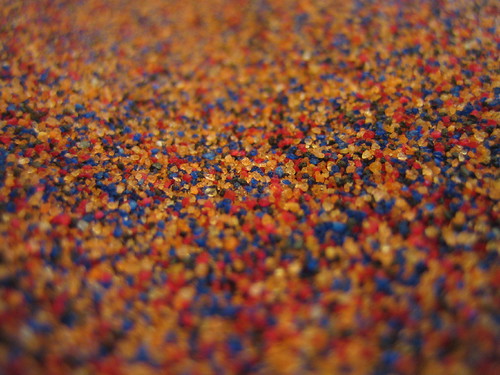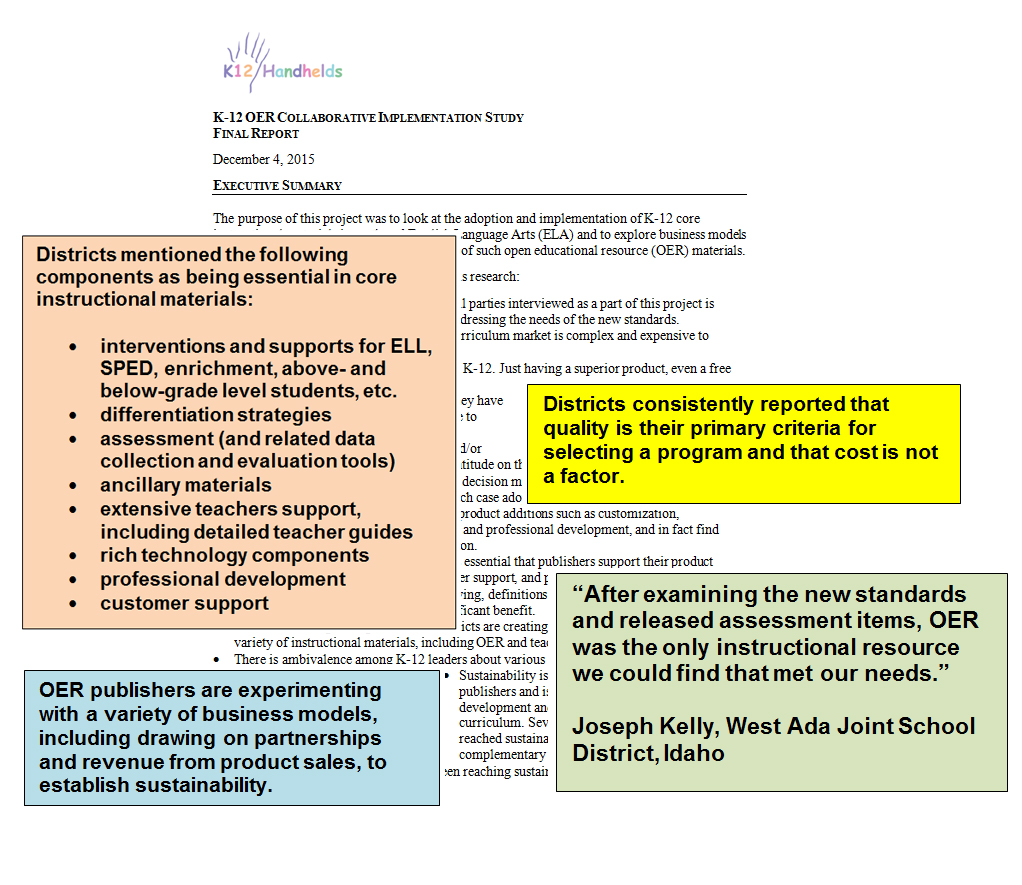
I am often prompted to reflect on why people don’t borrow and remix high quality, open licensed educational content more often than they do.
There are many projects that have created amazing content and licensed it under a Creative Commons license. But the degree to which this content is used and especially remixed is often lower than people expect.
The reasons for this are many — ranging from the culture of some schools that holds instructional materials as sacrosanct to the lack of time and/or expertise to do this work. In addition, the engagement timeline on this kind of work is long, and many projects don’t have the wherewithal to endure that. However, I think another key element is the very nature of instructional materials.
When I think about the thousands of open licensed items I have created and published, two categories stand out to me as having gotten significant uptake in terms of being reused and remixed: Flickr photos and the open dictionary. I am particularly pleased with the fact that I get regular requests to reuse the content in our public domain dictionary. This has been a long term labor of love that we’ve put a lot of time in, and it’s good to see it being used. Unlike Flickr, this is a relatively unknown and unpublicized site, so this speaks to some real need.
Something both these categories of content have in common is a very small level of granularity. Photos and definitions are not only very granular but they are relatively generic and can be used in a wide variety of contexts without a lot of rework.
This contrasts with most instructional materials, which by their very nature are complex and carefully designed, often with spiraling content, interwoven assessments, and a variety of pedagogical features. It is possible that such materials do not lend themselves well to being chopped up and reassembled in new and different ways. And in fact, the history of various designs that leverage chunks or learning objects has not been one of great success.
So is the quest to allow customization through OERs for naught? Or does it make more sense to look at customizing OERs in terms of larger “full course” materials? I’m not sure, and I believe that customization and open learning bring a deeper level of learning. But the fact still remains that uptake on these materials can make it difficult to justify the investment.
What I can say is that if your goal is significant reuse, think granular.




